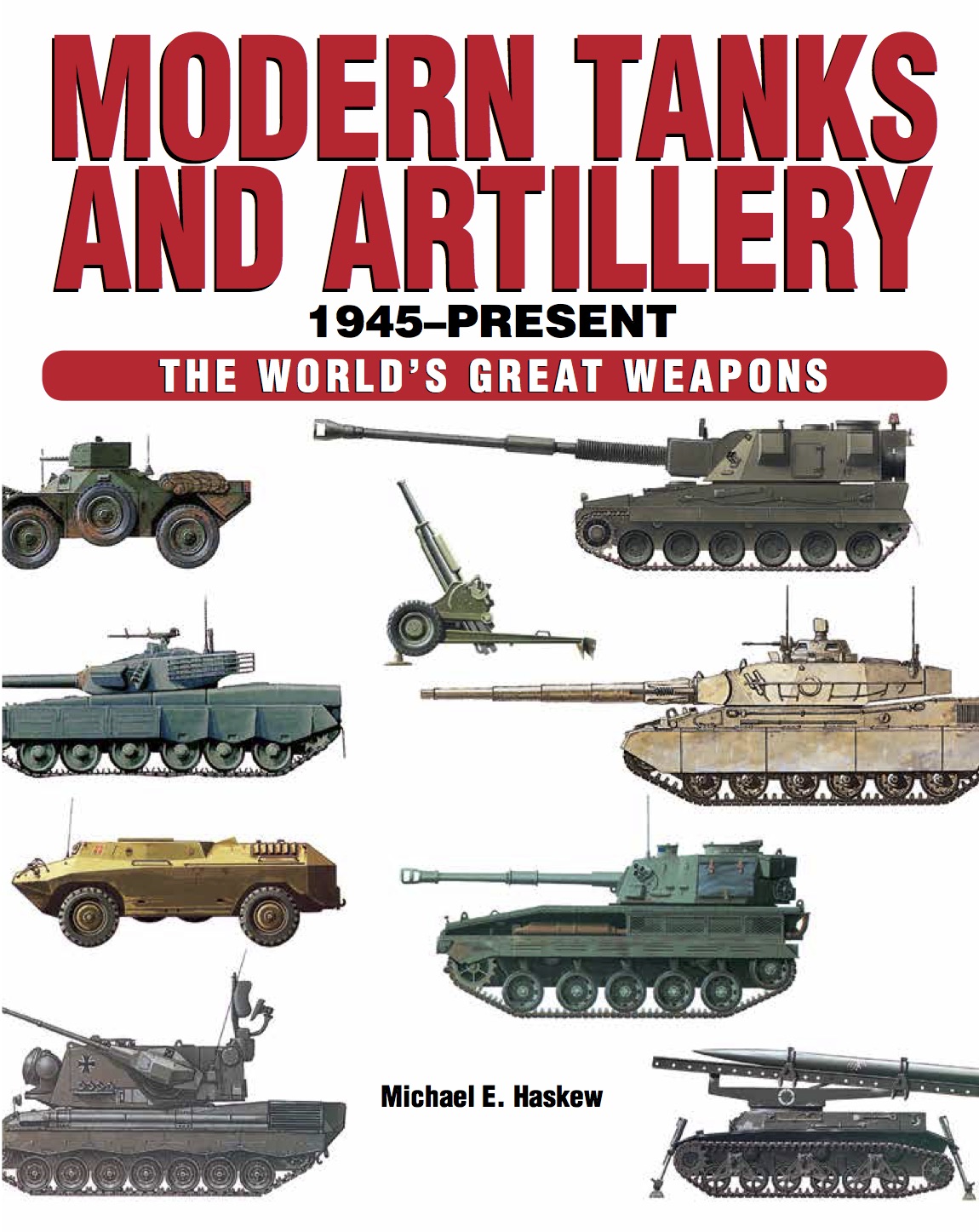
secondary fires - to take off,” says Benham-Crosswell. “Having penetrated with a relatively low-energy round it will take a while for some behind-armor effects - i.e.

The T-72’s ammunition storage is in the hull in the area struck, so the most likely explanation seems to be that this was hit enough times. Diesel fuel is notoriously difficult to ignite and some tank designers actually put fuel tanks in front of vital components to protect them. While some commenters suggested that the rounds must have hit a fuel tank to cause the fire, this is not the case. M2 Bradley vehicles was reportedly effective against the side armor of Russian-made tanks in Iraq, though normally the Bradley would use guided missiles. It is worth noting that the 25mm round fired by U.S. “It’s no surprise that 30mm knocks holes in it,” Benham-Crosswell. The lower 40%, which would normally be less visible to the enemy due to uneven terrain or the tank being behind cover, only has armor 20mm thick: a weak point which the BTR-4 gunner knew to go for. While the frontal armor may have an effective thickness of 500mm, the side armor is only 80mm for the upper 60% of its height. In the case of the T-72, a detailed 2015 study on tank blog Below The Turret Ring gives the lowdown gleaned from a number of open-source works on just how effective the armor is in individual parts of the tank. Side and rear armor are invariably lighter, especially on Russian tanks. Because the enemy is most likely to be in front of a tank, most of the weight of the armor is put on the ‘frontal arc’ to stop threats from ahead. However, tank armor is not the same from all angles.

So it seems unlikely that something like a 30mm cannon, which can only penetrate about 45 mm or armor at typical combat ranges, would be able to do more than scratch it. This armor was designed to defeat the 105mm guns of NATO tanks, and early anti-tank missiles like Dragon and TOW. Its frontal armor is slanted to give an effective thickness of over 500 mm (20 inches) of steel plate, or at least ten times as much as the BTR-4. The T-72B3 is one of Russia’s most modern main battle tanks, a 45-ton steel beast with a 125mm cannon capable of destroying other tanks at long range. This is one of the most modern tanks in the invasion. Russian T-72B3 main battle tank in Moscow.


 0 kommentar(er)
0 kommentar(er)
